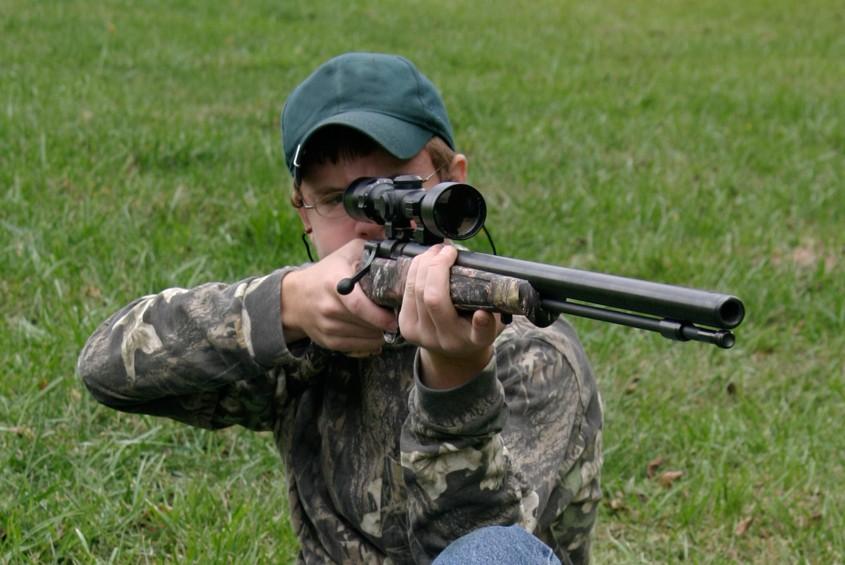Advertisement
The first muzzleloader I owned, in the mid-1980s, was a .50-calibre Hawken from Thompson/Center Arms. I poured my own round balls from molten lead, cut my own patches, pre-measured loads of FFg black powder and headed afield with my possibles bag, reliving the glory days of mountain men and Daniel Boone. Over the past 20 years, however, muzzleloading has gone through an evolution unlike anything ol’ Daniel could have imagined, becoming one of today’s fastest-growing segments in hunting. Thanks to huge leaps in technology and a plethora of exclusive hunting seasons just for front-stuffers, muzzleloading has never been easier, more accessible or as much fun. And getting started is simple.
The rifles
Advertisement
There are many makers of quality in-line muzzleloaders today, with CVA, Knight Rifles, Savage Arms, Thompson/Center and Traditions Firearms among the more popular. Like most modern guns, they’re extremely well made. Your selection, therefore, should be based on fit, comfort and your pocketbook. At one time, .45-, .50-, .54- and .58-calibre rifles were all popular choices. Today, however, the accepted standard is the .50-calibre, and there’s really no reason to deviate from that for most hunting situations.
While your new rifle will likely come equipped with sights, I recommend you mount a scope on it. Virtually all muzzleloaders come drilled and tapped for riflescopes; the addition of quality glass will bring improved accuracy at all ranges, enabling you to get the most from your rifle. And by any practical measure, the accuracy of today’s muzzleloaders is quite remarkable—one-inch groups at 50 metres and three-inch groups at 100 are fairly standard.
The loads
Advertisement
You’ll need powder, of course, which has also undergone a major evolution since I first picked up my Hawken. True black powder is very volatile and requires extensive gun cleaning, so several substitutes have been developed. The most popular for many years was the synthetic powder Pyrodex. While it still contains sulphur and is corrosive, it’s much safer to use and store than black powder and needs much less gun cleaning.
Over the last decade, a new family of propellants has emerged that contains no sulphur and produces higher pressures and velocities. The first and best known of these is Hodgdon’s Triple Seven. Although many shooters still prefer Pyrodex, any of these black powder substitutes are suitable for use with modern guns.
While available in granular form, these powders also come as compressed pellets—generally 30- or 50-grain—which makes loading much easier. A standard starting load with many .50-cal. bullets is two 50-grain pellets, though the actual load will depend on the ballistic properties you’re seeking. A percussion cap ignites the powder, with the standard today a 209 shotgun primer; it’s a hotter, more reliable igniter of modern black powder substitutes than are traditional caps.
Nowadays, most muzzleloader hunters shoot sabotted slugs. These are lead or copper bullets encased in a plastic sleeve, designed to be shot through rifled barrels. While 200- to 300-grain bullets are the norm, your choice will depend on what you’re hunting and the distance at which you expect to shoot; as always with ballistics, there are trade-offs in velocity, energy and trajectory that must be considered.
The tools
Beyond a scoped rifle, powder, caps and bullets, the equipment you need to get started is minimal. A ramrod to seat your bullet comes with the rifle; it’s threaded at one or both ends to accept a variety of tools, such as cleaning jags. Beyond that, you just need a bullet starter (essentially a mini-ramrod), a capping tool and some cleaning compound, and you’re all set to be Daniel Boone for the day.

